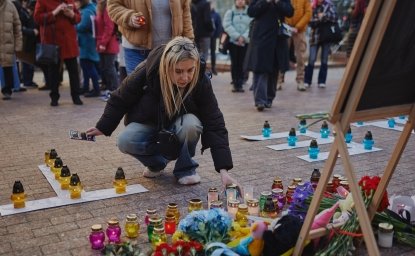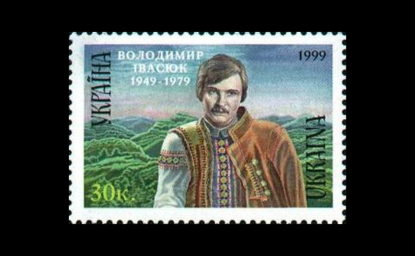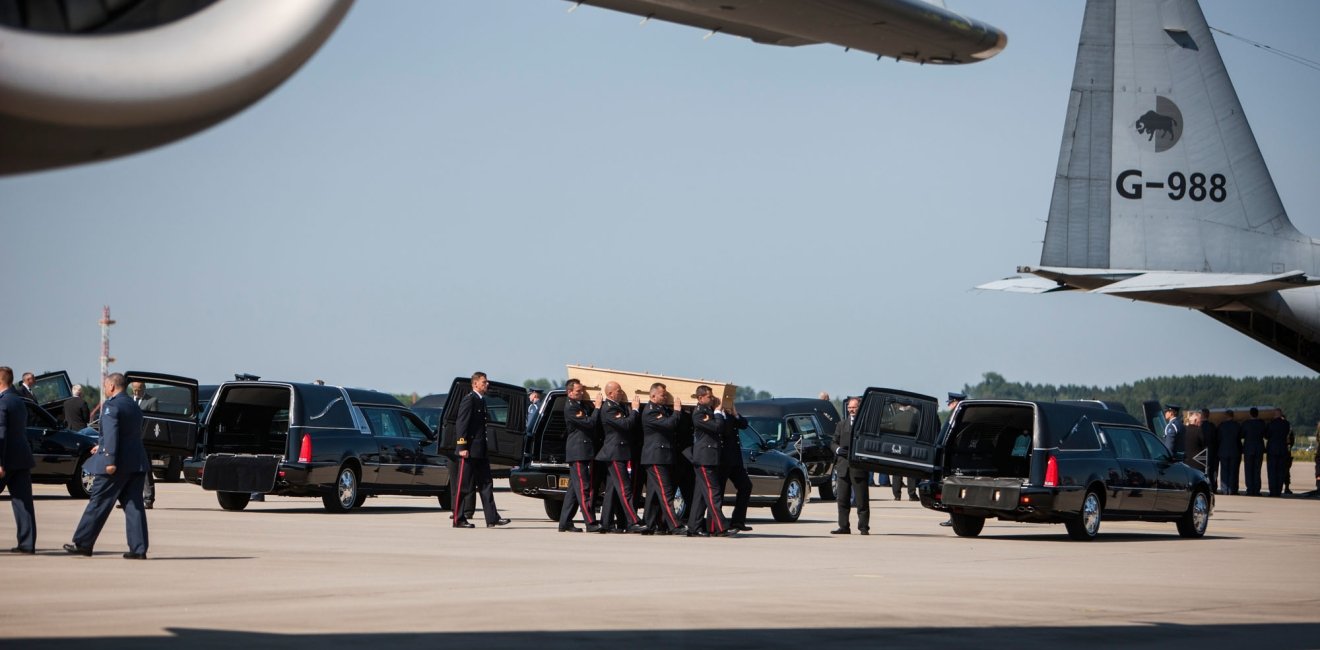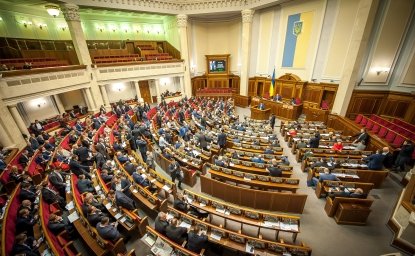
A blog of the Kennan Institute
BY JAN C. BEHRENDS
Two reports published last week, as well as the decision of the Dutch and Australian governments to hold Russia responsible for the downing of flight MH17 over eastern Ukraine, have renewed interest in Russia’s activities in the Donbas. While reinforcing what is already well accepted—that Russian forces were instrumental to the outbreak of hostilities in Ukraine—the reports also contain a trove of valuable information. The Joint Investigation Team (JIT) officially confirmed that flight MH17 was shot down on July 17, 2014, by a Buk rocket that had been conveyed by a Russian military unit from Kursk to Ukraine. The JIT and the investigative group Bellingcat both confirm that despite years of denial by the Kremlin, Russian units have been involved from the beginning of hostilities against Ukraine.
The revelations released by Bellingcat in many ways go beyond the statements in the JIT report: Bellingcat links the crime committed against the crew and passengers of MH17 to Russian officer Oleg Ivannikov (“Orion”). This information is a political bombshell and might be used to develop a legal case. It also sheds light on Russia’s modus operandi and the actors involved in its hybrid wars. Bellingcat’s research provides the public with an outline of a hybrid-war officer’s career that may be interpreted as an exemplary case of an important segment of the siloviki elite.
Oleg Ivannikov was born into a Soviet military family. He graduated from the Aviation Academy in Kiev during the Soviet era and later continued special studies in Moscow. During these years he trained to operate the type of missile used against flight MH17. Additionally, he was schooled in information warfare and wrote a dissertation on this subject. In his post-Soviet service he has pursued a military career, worked in think tanks, written strategic analyses, and fought in post-Soviet conflicts. Ivannikov is fluent in both political discourse and coarse battlefield slang, as the material used by Bellingcat reveals. From December 2006 to February 2008 he used the pseudonym “Laptev” while serving as defense minister of the so-called Republic of South Ossetia, a Russian-sponsored mini-state within the territory of Georgia. His background exemplifies that of the specialists used by Moscow to instigate and command hybrid wars: long-serving officers connected to both military and special services and versed in combat, administration, and propaganda. These experts have little in common with the ideologically trained yet apolitical old-style Soviet military men. Rather, they are officers who may perform a variety of tasks: at their desks and at conferences, they assume multiple identities, and they fight on the battlefields of undeclared wars. Ivannikov is just one prominent example. Another is Igor Girkin (“Strelkov”), also an organizer of the war in the Donbas, who has had a similar career.
The rise of a new elite in the Russian military dates back to the Soviet invasion of Afghanistan (1979–1989). The post-Soviet era wars of the 1990s led to the appearance of a new kind of siloviki—men who have seen and executed violence. They are often political soldiers who also seek a public role. Afghanistan veterans (“afgancy”) and those who served in Chechnya today are an indispensable resource for Russia’s rulers. They are trained in the destruction of statehood, and their job is to sow chaos and destruction in Russia’s neighbors when told to intervene. Serving under the command of specialists like Ivannikov or Strelkov are regular contract soldiers (kontraktniki), pseudo-Cossacks, and members of motorcycle gangs or local thugs. Russia’s neoimperial ideology justifies aggressive conduct against neighboring states that refuse to follow the Kremlin’s line. From the high-ranking officers to the local militias, they are dependent on the Russian state, which supports and rewards them, provides them with logistics and military hardware, and makes some of them heroes in the state-run media machine.
People like Oleg Ivannikov are a threat to European security. They are used to instigate armed conflict and, if not prevented, will turn up again in new conflicts. We should make no mistake: these officers are instruments of Kremlin policy, and they are part and parcel of the Russian elite. However, they have too often been ignored by Western scholarship. Although their ideology is often as crude as the means they employ, the United States and Europe should be aware of their destructive potential and prosecute them for their crimes. For a long time, Russia relied on plausible deniability to distance itself from the actions of its own hybrid-war elite. The Netherlands and Australia no longer accept Moscow’s excuses. The extensive material presented last week in The Hague has clearly established the Kremlin’s culpability in this case. But the war in the Donbas continues amid Western inaction. Moving forward, the West needs to support Kyiv’s struggle and start publicly refuting Russia’s claim that it is not involved in the war against Ukraine.
Author


Kennan Institute
After more than 50 years as a vital part of the Wilson Center legacy, the Kennan Institute has become an independent think tank. You can find the current website for the Kennan Institute at kennaninstitute.org. Please look for future announcements about partnership activities between the Wilson Center and the Kennan Institute at Wilson Center Press Room. The Kennan Institute is the premier US center for advanced research on Eurasia and the oldest and largest regional program at the Woodrow Wilson International Center for Scholars. The Kennan Institute is committed to improving American understanding of Russia, Ukraine, Central Asia, the South Caucasus, and the surrounding region through research and exchange. Read more

Explore More in Focus Ukraine
Browse Focus Ukraine
Talking to the Dead to Heal the Living

Ukrainian Issue in Polish Elections


